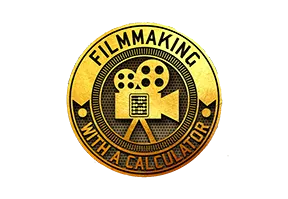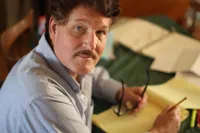CreativeExplorer-MichaelMandaville.com
I work in Film. I live in Martial Arts. I thrive in Imagination.
Article Directory

Filmmaking: Kurosawa & Your Vision
When I was growing up, you would rarely see many foreign films on Free Television. Yes, you had to watch them on free television. Even here in Los Angeles County where the number of channels on TV: 2-4-5-7-9-11-13 gave us far more than the average TV viewing home, Japanese samurai were very rare.
So what does this mean? If you wanted to see movies because you loved movies, you had to seek them out. You had to plan ahead to see them. Watching these movies wasn’t like flipping from channel to channel with ease. Time-Money-Effort-Driving-Parking. I had one of these pinned up on my wall from the old Nuart theater. No electronics, no text notices, just a calendar.'
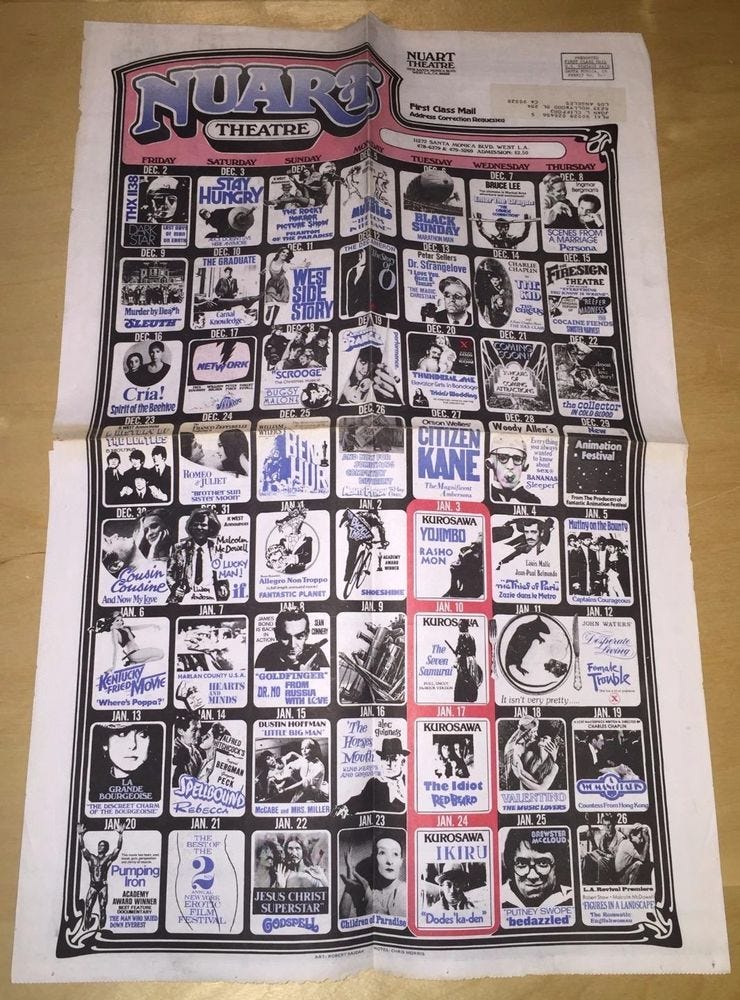
One major arthouse theater was the Nuart Theater up on Santa Monica Boulevard. Granted, we also drove to other arthouse theaters but these were the ones where we watched classic films like “Adventures of Robin Hood” (1938). One of my favorites with Errol Flynn which I saw over thirty times in the theater. Thirty-three to be exact.
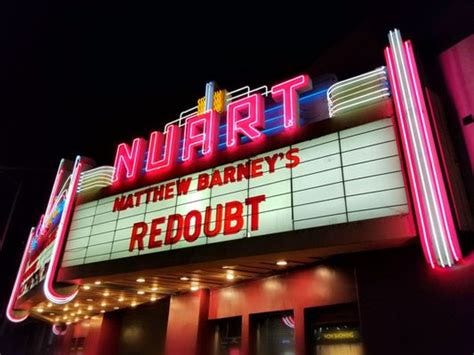
The second great movie house was Fox Venice(long closed) which was on Lincoln Boulevard in Venice, California. Once a premier movie theater, the Fox Venice had become an arthouse theater showing select older classic films, art films and more.
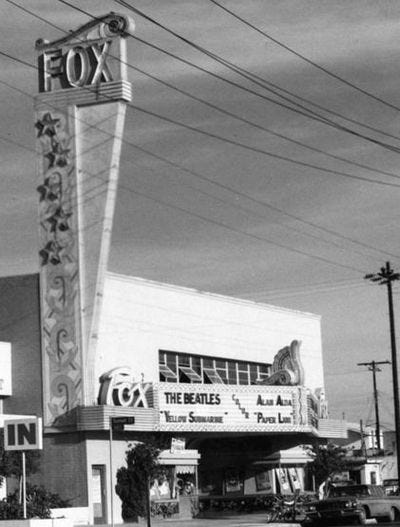
But Akira Kurosawa’s samurai films really stood out. Yes, we watched other Samurai films like Kihachi Okamoto with “Samurai Assassin” and Kenji Misumi who directed a number of the Zatoichi films about the blind Japanese swordsman who devastated sighted egos with his blazing sword and moral compass.
But Kurosawa’s films were a true seminal event in filmmaking. We watched “Rashomon” (1950), “Seven Samurai” (1954) many times as well as “Throne of Blood”(1957) and “Yojimbo” (1961) among many others. He was finally brought to Hollywood more with “Kagemusha” (1980) and “Ran” (1985). Toshiro Mifune was the samurai acting God.
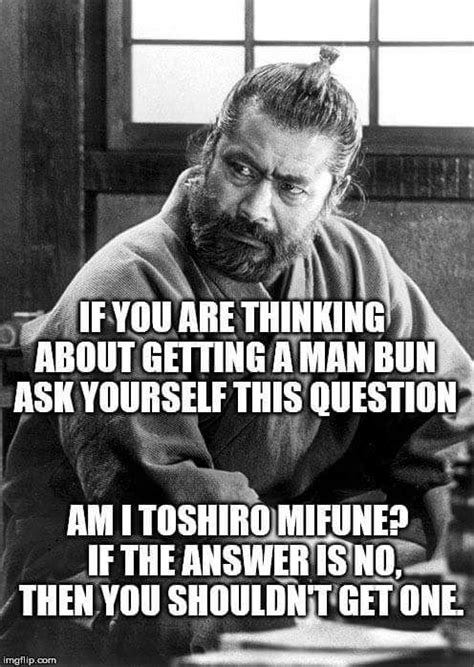
Kurosaawa managed not only to capture the action but the emotion and human angst surrounding the moment in such universal terms. So watch them we did. And his influence was profound for Japanese Filmmakers and worldwide audiences.
From Wikipedia:
This success in turn led to a vogue in America and the West for Japanese movies throughout the 1950s, replacing the enthusiasm for Italian neorealist cinema.[71] By the end of 1952 Rashomon was released in Japan, the United States, and most of Europe. Among the Japanese film-makers whose work, as a result, began to win festival prizes and commercial release in the West were Kenji Mizoguchi (The Life of Oharu, Ugetsu, Sansho the Bailiff) and, somewhat later, Yasujirō Ozu (Tokyo Story, An Autumn Afternoon)—artists highly respected in Japan but, before this period, almost totally unknown in the West.[72] Kurosawa's growing reputation among Western audiences in the 1950s would make Western audiences more sympathetic to the reception of later generations of Japanese film-makers ranging from Kon Ichikawa, Masaki Kobayashi, Nagisa Oshima and Shohei Imamura to Juzo Itami, Takeshi Kitano and Takashi Miike.
The Famed Japanese Film Master Akira Kurosawa is highlighted in this video series called “Every Frame a Painting.” I am actually building a FREE filmmaking course together with my FREE Film Scheduling and Budgeting course. I was simply so inspired by this first video that I have sought to build a course with all the great videos that I enjoy in one spot. Kinda my own filmmaking shelf to share with friends.
But in this video series, we have a great analysis of Kurosawa’s vision through his framing and sensibilities.
I challenge you to not just watch it but USE IT to build your own vision, push your own boundaries in discipline, exactitude and emotion to create your own Art.
EXERCISE: Watch it several times, take notes on framing, make drawings seeking not just to view but to understand. Once you understand, the you will be able to create. Once you can create, you will live forever.
SOURCES:
Akira Kurosawa https://en.wikipedia.org/wiki/Akira_Kurosawa
Samurai Film Directors: https://en.wikipedia.org/wiki/Category:Samurai_film_directors
